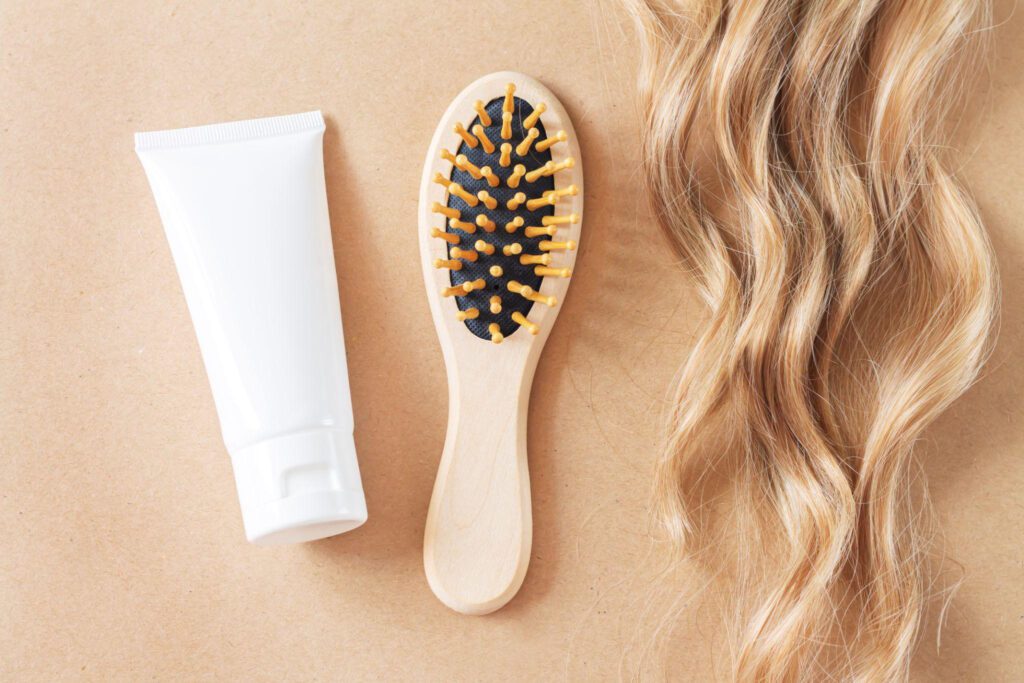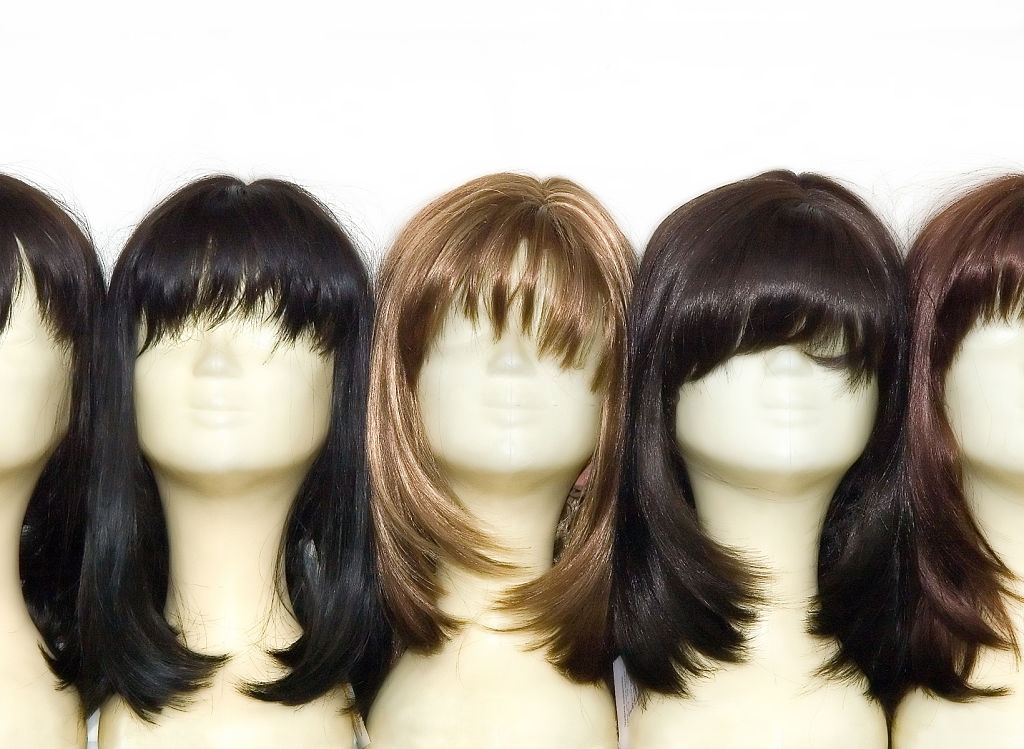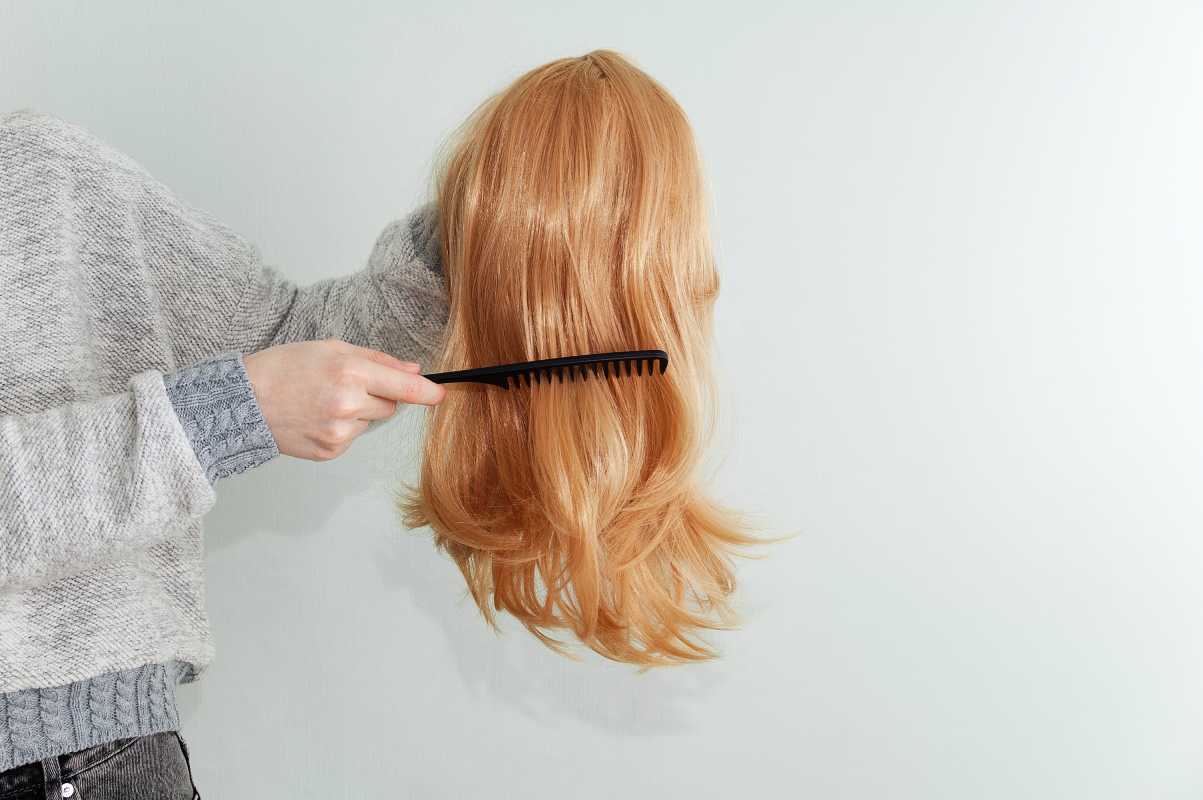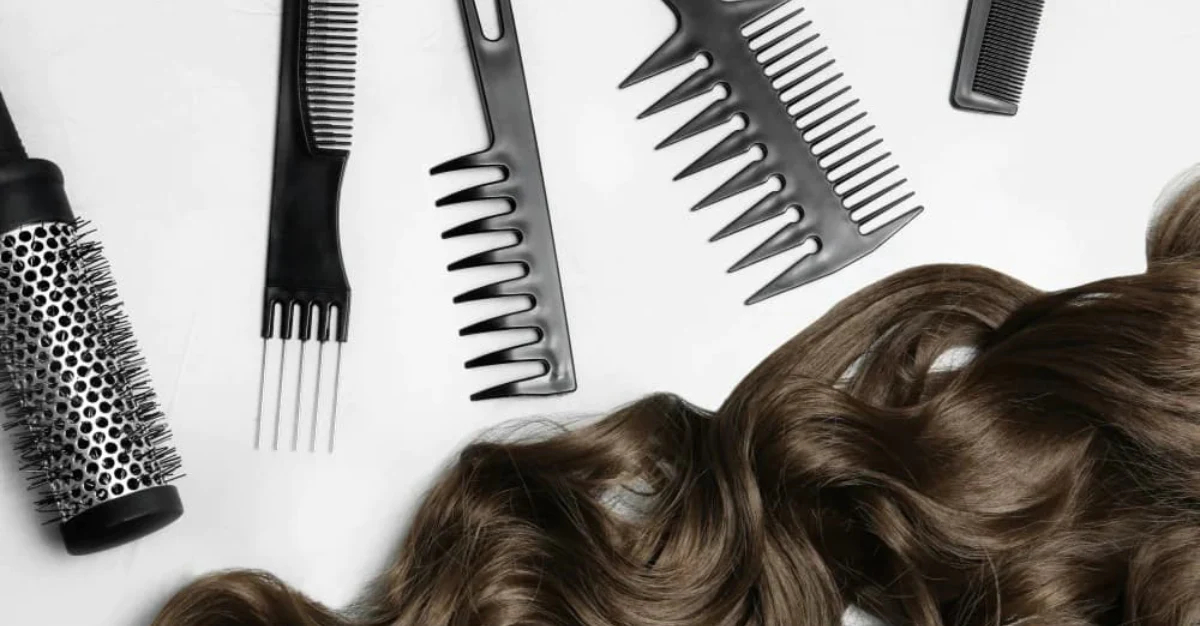Introduction
Caring for synthetic hair, whether it’s extensions, wigs, or pieces, requires a different approach compared to caring for natural human hair. Synthetic fibers, made from various types of plastic and designed to mimic the look and feel of human hair, can’t repair themselves and are more sensitive to certain environmental factors. Proper maintenance ensures that your synthetic hair looks fresh and lasts as long as possible. Here’s an in-depth guide on how to care for synthetic hair effectively.

Understanding Synthetic Hair
Before diving into care routines, it’s crucial to understand that synthetic hair comes in varying qualities. Higher-quality synthetic fibers, such as Kanekalon or Toyokalon, can better withstand styling and washing but still require gentle handling. Regardless of quality, all synthetic hair shares a common vulnerability to heat, tangling, and product build-up.
Washing Synthetic Hair
- Frequency: Unlike natural hair, synthetic hair doesn’t get oily and requires less frequent washing. Typically, washing every 12-15 wears is sufficient, but this can vary depending on usage and exposure to odors or dust.
- Choosing a Shampoo: Use a shampoo specifically designed for synthetic hair. If unavailable, a mild or gentle shampoo, free from sulfates and parabens, can be a good alternative.
- Washing Technique: Fill a basin with cool or lukewarm water and dissolve a small amount of shampoo. Submerge the synthetic hair, gently swishing it around without rubbing or twisting, which can lead to tangling. After a few minutes, rinse thoroughly under running cool water until all shampoo is removed.
- Conditioning: While regular conditioners might not have the same effect on synthetic fibers as they do on human hair, a lightweight, leave-in conditioner or a conditioner designed for synthetic hair can help detangle and reduce static.
Drying Synthetic Hair
- Towel Drying: Gently pat the synthetic hair with a towel. Avoid wringing or twisting, as this can damage the fibers.
- Air Drying: Lay the hair flat on a dry towel or hang it on a wig stand to air dry. Avoid using blow dryers on synthetic hair, especially those not labeled as heat-resistant, as the heat can melt or severely damage the fibers.
Styling Synthetic Hair
- Heat Styling: For synthetic hair labeled as heat-resistant, use low heat settings on styling tools. Always conduct a patch test on a small section to ensure the hair can tolerate the heat. For non-heat-resistant synthetic hair, avoid any form of heat styling.
- Combing and Detangling: Use a wide-tooth comb or a brush designed for synthetic hair. Start detangling from the ends and gradually work your way up to the roots to minimize breakage.
- Styling Products: Limit the use of styling products. If necessary, opt for lightweight sprays or serums specifically formulated for synthetic hair. Heavy products can cause build-up and are difficult to wash out.
Storing Synthetic Hair
- Wig Stands: When not in use, placing synthetic wigs on a stand helps maintain their shape and reduces tangling.
- Storage Bags: For extensions or hairpieces, silk or satin bags are ideal for storage. They protect the hair from friction and tangling.
- Avoiding Crush and Compression: Store synthetic hair in a way that avoids crushing or compressing the fibers, which can lead to permanent kinks or style loss.
Protecting Synthetic Hair
- Sunlight and Heat: Prolonged exposure to sunlight and heat can fade and damage synthetic fibers. Wear a hat or scarf if you’ll be in direct sunlight for extended periods.
- Chlorine and Saltwater: Before swimming, protect your synthetic hair by wearing a swim cap or keeping it out of the water. Chlorine and saltwater can deteriorate synthetic fibers.
- Sleeping: If sleeping in synthetic hair, consider braiding it loosely or wrapping it in a silk or satin scarf to minimize friction and tangling.
Reviving Synthetic Hair
Over time, synthetic hair might lose its luster or become frizzy. Specialized revitalizing sprays or treatments designed for synthetic hair can help restore some of the original appearances. In some cases, a vinegar rinse (1 part vinegar to 4 parts water) can help reduce buildup and bring back shine.

Avoiding and Addressing Tangling
Tangling can be a significant issue with synthetic hair, particularly for longer pieces. Here are more detailed strategies to prevent and manage tangles:
- Preventive Detangling: Regularly detangle your synthetic hair using a wide-tooth comb or a brush specifically designed for synthetic fibers. Doing this before and after each wear can significantly reduce tangling.
- Fabric Softener Detangler: A solution of fabric softener and water (1:3 ratio) can be used as a homemade detangler spray. The fabric softener can help smooth the fibers and make detangling easier. Spray lightly onto the hair, then gently comb through.
- Silk or Satin Pillowcase: If you wear your synthetic hair overnight, sleeping on a silk or satin pillowcase can reduce friction and prevent tangling.
Refreshing Synthetic Hair
Over time, synthetic hair might start looking dull or less vibrant. Here’s how you can refresh its appearance:
- Washing with Vinegar: Adding a small amount of vinegar to the rinse water after shampooing can help remove buildup and restore shine to synthetic hair. Ensure to rinse thoroughly with cool water afterward.
- Steaming: For heat-resistant synthetic hair, gentle steaming can help smooth out frizz and restore the original style pattern. Use a handheld fabric steamer at a safe distance to avoid melting the fibers. This method should be used sparingly and with caution.
Customizing Synthetic Hair
While synthetic hair doesn’t offer the same versatility as human hair in terms of coloring and styling, there are still ways to customize your look:
- Trimming: Trimming synthetic hair to remove split ends or reshape the style can freshen up its appearance. Use sharp scissors and cut slowly to avoid mistakes.
- Accessorizing: Incorporate headbands, scarves, or clips to add variety to your hairstyles and conceal any areas where the synthetic hair may have thinned or become less manageable.

Traveling with Synthetic Hair
Traveling can pose unique challenges for maintaining synthetic hair. Here are tips for managing your synthetic hair on the go:
- Portable Storage: Invest in a portable wig stand or a breathable wig bag for safe transportation. Keeping the hair properly stored during travel can prevent tangling and damage.
- Travel-Sized Care Products: Bring travel-sized versions of your synthetic hair care products, including shampoo, conditioner, and detangler spray, to maintain your hair care routine while away from home.
Long-Term Storage of Synthetic Hair
If you need to store synthetic hair for an extended period, proper storage is key to preserving its condition:
- Clean Before Storing: Always wash and completely dry your synthetic hair before long-term storage to prevent mold and odors.
- Maintain Shape: Use tissue paper to stuff inside wigs to help maintain their shape. For extensions, braid them loosely or lay them flat in a storage box.
- Cool, Dry Place: Store your synthetic hair in a cool, dry place away from direct sunlight and heat sources to prevent fading and fiber damage.

Conclusion
Caring for synthetic hair requires patience, gentle handling, and adherence to specific care routines. By understanding the needs of synthetic fibers and implementing the practices outlined above, you can extend the life of your synthetic hair, ensuring it remains looking its best for as long as possible. Whether you’re dealing with wigs, extensions, or hairpieces, proper care is the key to maintaining their beauty and functionality.

